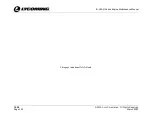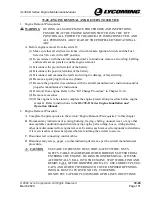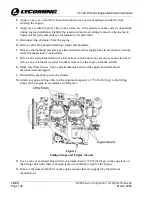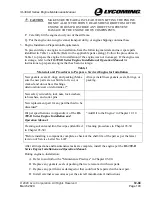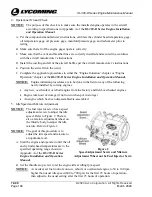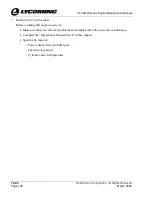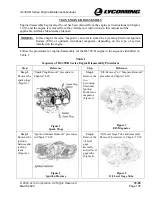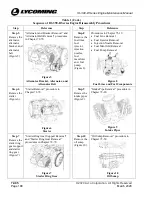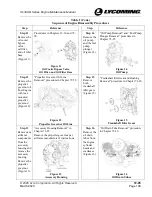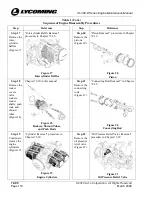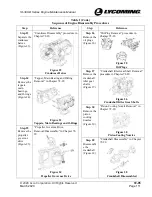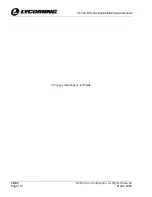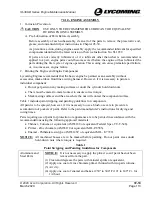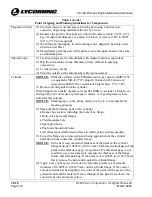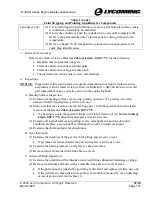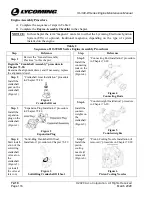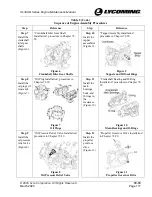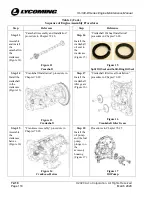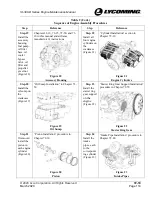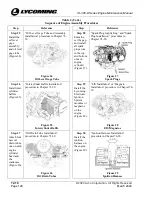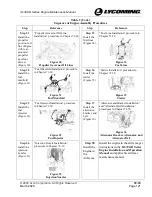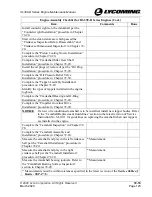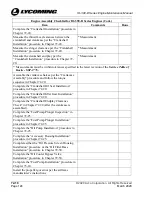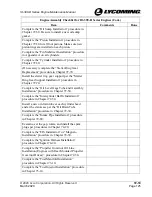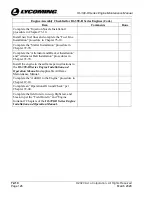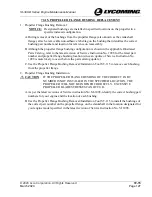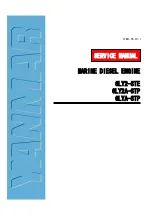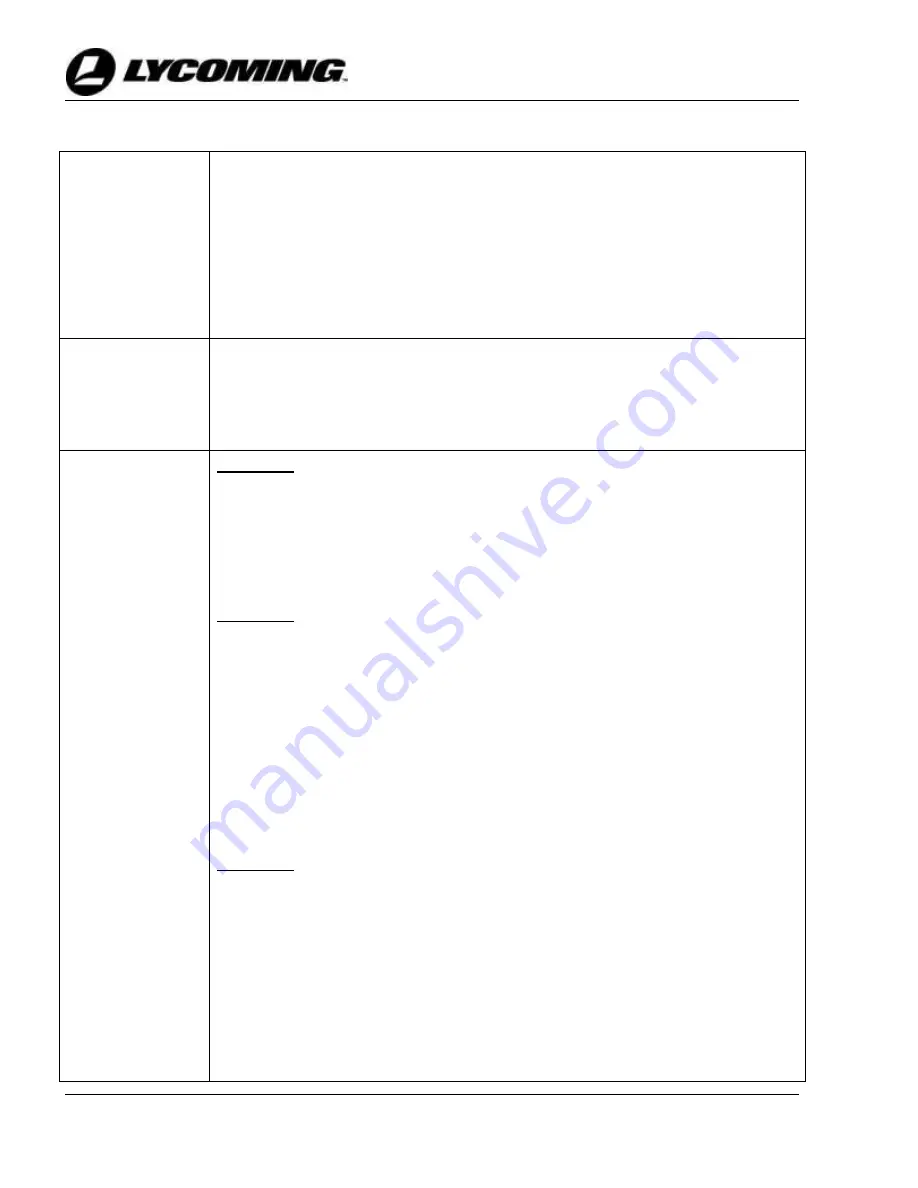
IO-390-D Series Engine Maintenance Manual
72-10
© 2020 Avco Corporation. All Rights Reserved
Page 114
March 2020
IO-390-D Series Engine Maintenance Manual
Table 1 (Cont.)
Paint Stripping and Painting Guidelines for Components
Magnesium Parts
(1)
Clean all traces of oil and grease from the part using a neutral, non-
corrosive, degreasing medium followed by a rinse.
(2)
Immerse the part for 45 minutes in a hot dichromate solution (3/4 lb. (0.34
kg) of sodium dichromate to 1 gallon (3.8 liters) of water at 180° to 200°F
(82° to 93°C) (as required).
(3)
Wash the part thoroughly in cold running water, dipped in hot water, and
dried in an air blast.
(4)
Immediately paint the part with a primer coat and engine enamel, the same
as aluminum parts.
Shroud Tubes
(1)
Clean and degrease the shroud tube with mineral spirits or equivalent.
(2)
Dip the shroud tube in zinc chromate primer, thinned to spraying
consistency.
(3)
Let the primer coat dry.
(4)
Paint the outside of the shroud tube with engine enamel.
Cylinder
NOTICE:
Paint the cylinder with a Phthalate resin type enamel (AMS3125C
or equivalent MIL-E-7729) properly thinned with Toluene or
equivalent (AMS3180 or equivalent Federal Spec. TT-T-548).
(1)
Remove all old paint from the cylinder.
Paint strippers are usually organic solvents like MEK or acetone or toluene, etc.
and typically will not cause any damage to metals. A vapor degreaser is best
suited for this purpose.
NOTICE:
Masking tape, corks, plugs, metal covers, etc. are acceptable for
masking purposes.
(2)
Mask off the following parts of the cylinder:
•
Rocker box section, including the rocker box flange
•
Both valve ports and flanges
•
Thermocouple hole
•
Spark plug holes
•
Push rod shroud tube holes
•
All other exposed threaded surfaces in which paint could accumulate
(3)
Cover the flange area to prevent paint being applied where the cylinder
hold-down nuts contact the cylinder flange.
NOTICE:
In the next step, maximum thickness of the paint on the cylinder
flange must be 0.0005 in. (0.0127 mm). Measure the thickness of the
paint with a thickness gage or equivalent. If a thickness gage is not
available, use a micrometer to measure the thickness of the flange
before and after painting. If the paint is over 0.0005 in. (0.0127 mm)
thick, remove the paint and repaint the cylinder flange.
(4)
Apply a very light sprayed coat of zinc chromate primer to a maximum
thickness of (0.0005 in. (0.0127 mm) on the cylinder flange. If the correct
amount of paint has been applied, the color of the paint will be green with a
yellowish tint and the metal will show through. If the paint is too thick, the
color will be zinc chromate yellow.

